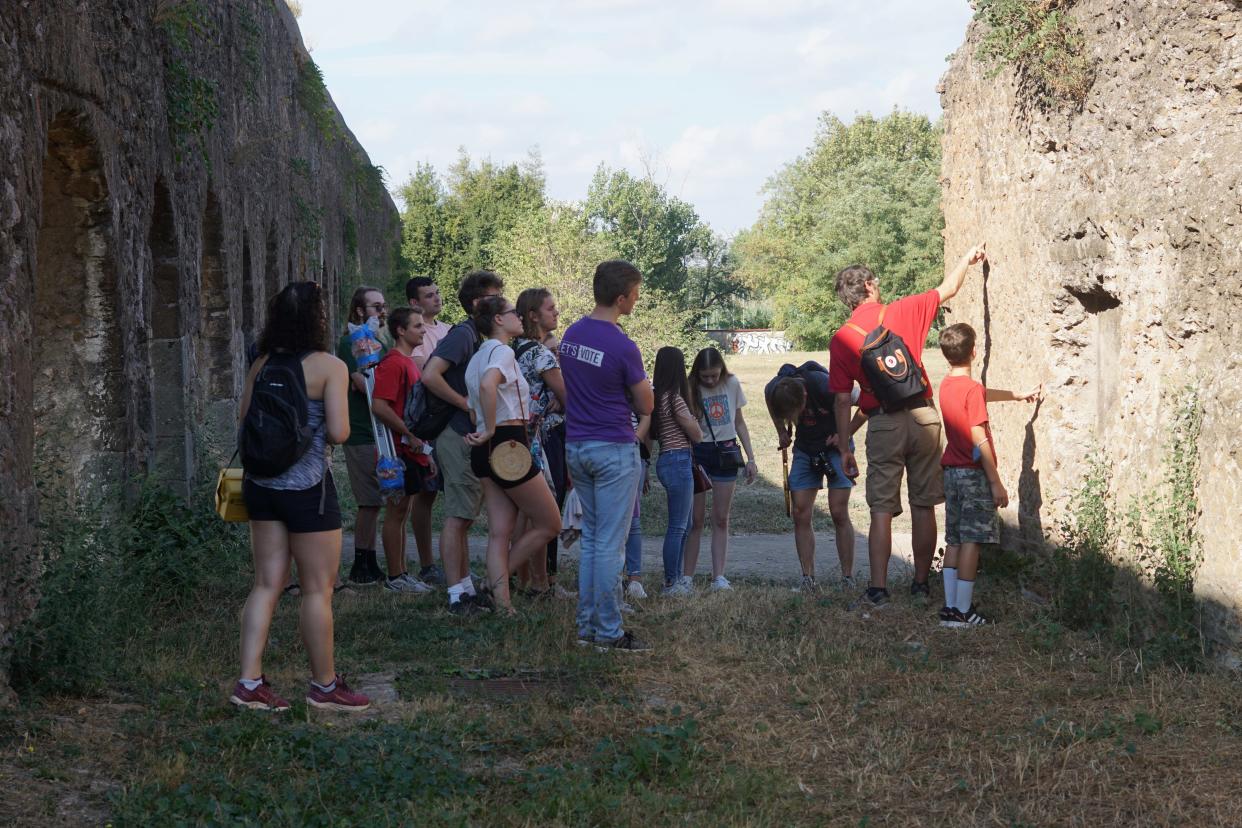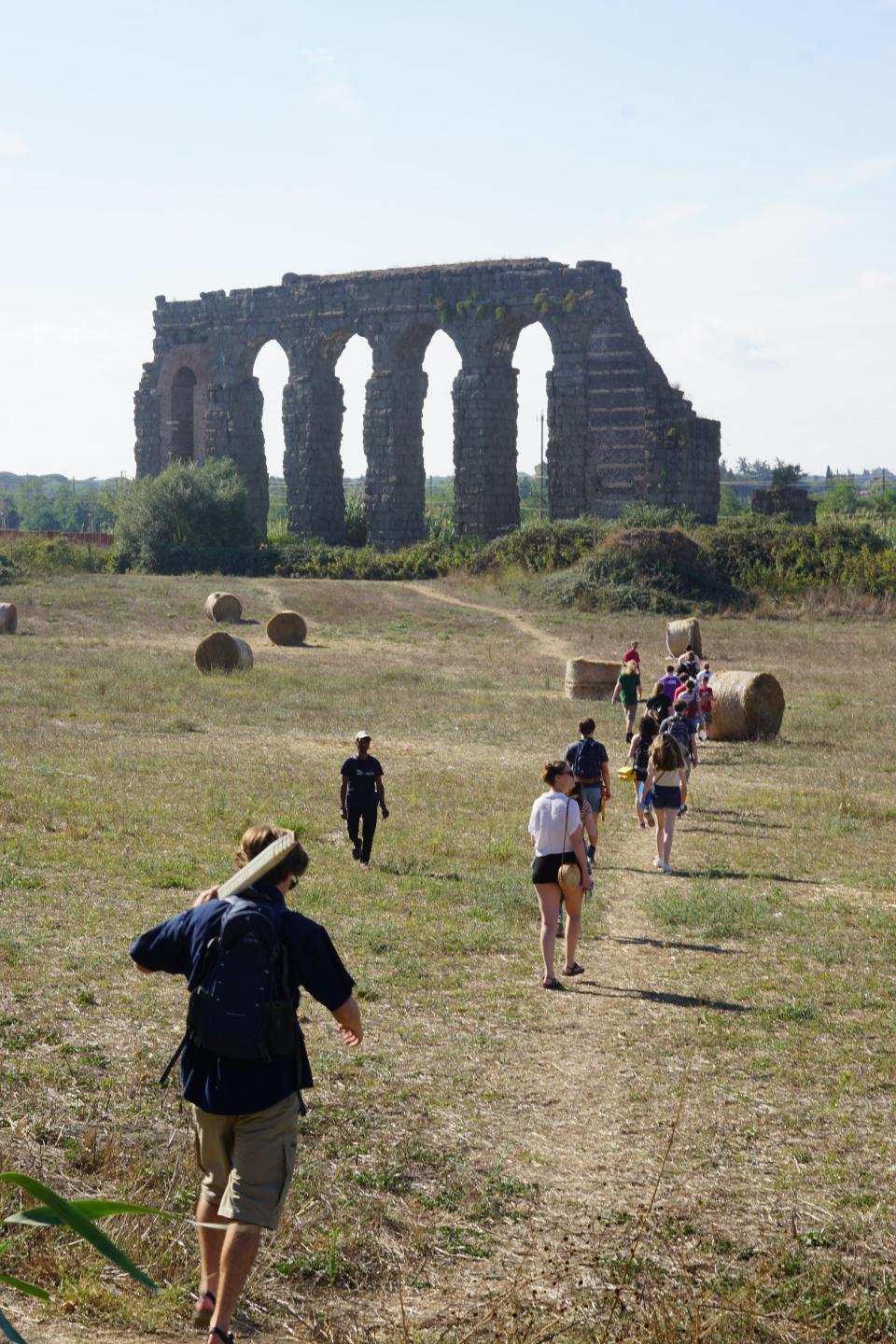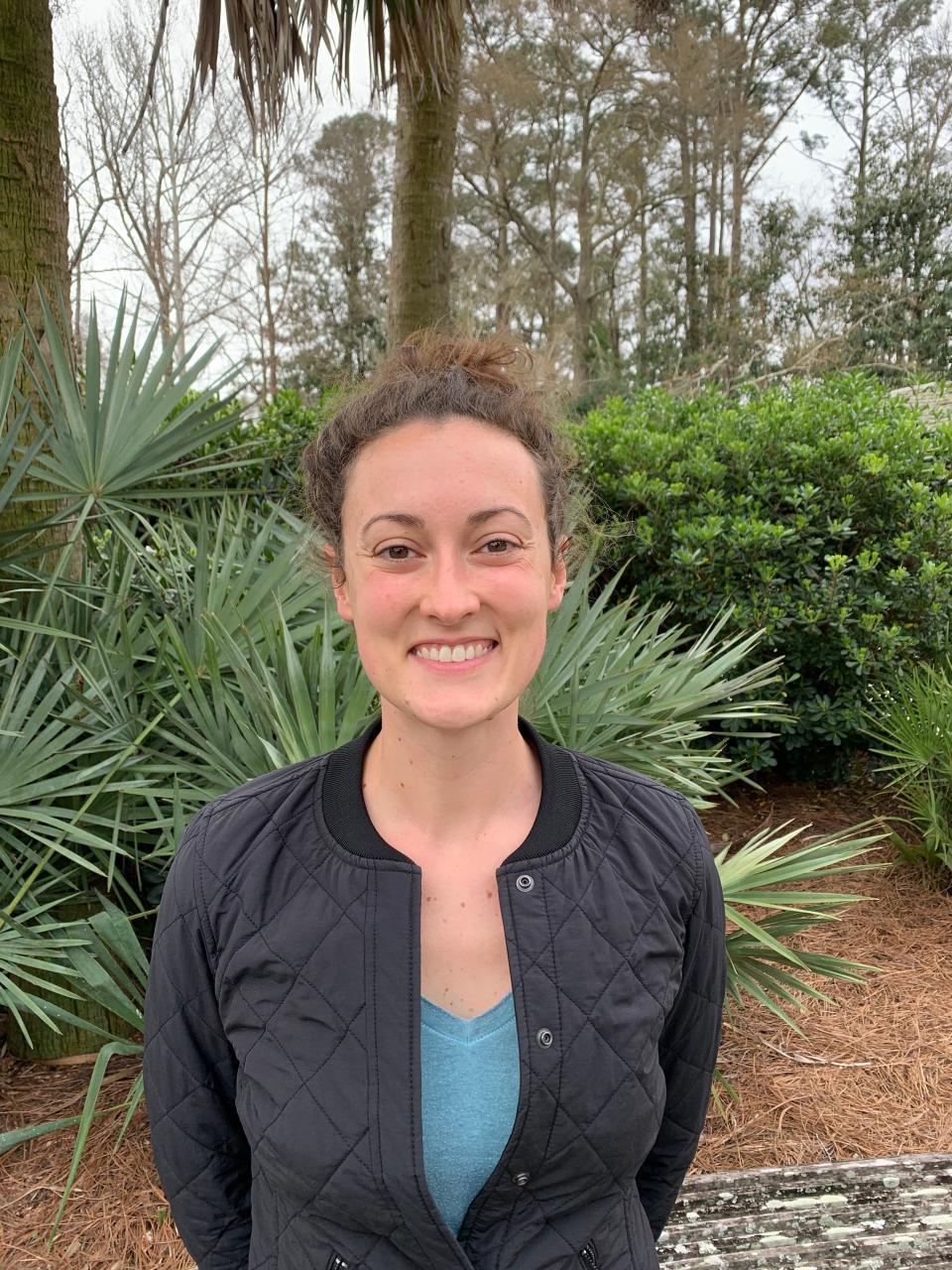Aqueducts to cisterns: Rainwater harvesting is still a good idea

Last October I found myself walking across a golden field on the outskirts of Rome. Large bales of hay dotted the landscape before me, a welcome site to those of us trotting across what would have otherwise been waist-high grass. In the distance stood an ancient wonder connecting the Italian countryside with Rome’s city center, just as it had for millennia: an aqueduct. Though now fragmented, it still towered over the horizon, a feat of engineering no less impressive than it was when it was first constructed.
A line of eager undergraduates traced the path before me toward the behemoth structure. They were there as students, the trip being the culmination of their semester’s studies of ancient Roman engineering with Bill Hunt from North Carolina State University. I was technically there as a chaperone of sorts, though I found that once one steps foot in Rome, it is impossible not to become a student of the Eternal City. We toured temples, theaters, bridges, and government forums, but the real centerpiece of the trip was Rome’s water infrastructure. That’s what brought us to the aqueduct.

The aqueducts provided Rome with the steady supply of water that was essential in the city’s development into a major metropolis and world power. They fed the public fountains, baths, and even private cisterns. One such cistern still stands as part of the Villa delle Vignacce, the remains of a large private residence located adjacent to the aqueduct. The brickwork patterns indicate that the cistern was built in the early second century AD during Hadrian’s reign as emperor, making the cistern over 1,800 years old.
The Romans were by no means the first people to store rainwater for future use. However, they did build some of the oldest cisterns that we can still visit and touch. While the building materials may have shifted, the technology that makes rainwater harvesting possible is remarkably simple and unchanged today. No need to visit Italy for a modern example, just take a visit to the New Hanover County Arboretum. There you’ll see a large cistern connected to a water source, just like the ancient Italian system. While the Romans used spring-fed aqueducts to fill their cisterns, today gutters act as tiny aqueducts, transporting the rainwater from the roof to the tank. It’s an ancient process in a modern setting.
Unlike the Romans, modern residents of eastern North Carolina do not require cisterns to ensure a reliable supply of water, however, cisterns have their own benefits to us in the Cape Fear region today. North Carolina Cooperative Extension recommends homeowners install rain barrels, or small cisterns, specifically to capture stormwater runoff as a means of watershed protection. By reducing our stormwater runoff through capturing it in cisterns, we can reduce erosion and pollution downstream. This helps protect our local waterways and ecosystems, all with the added benefit of having a free (non potable) water supply for uses such as irrigation.
Standing in Italy, a towering aqueduct on my left and an intricate cistern on my right, I was struck by the connectedness of our modern practices with the past. While our motivations may differ and our tanks likely won’t be made of hand-laid brick, we can still join the ancient Romans in the tradition of cistern engineering that stretches back thousands of years.
New Hanover County Arboretum | N.C. Cooperative Extension is located at 6206 Oleander Drive, Wilmington. The grounds are free and open daily from 8 a.m.–5 p.m.

Amber Ellis is an extension associate from North Carolina State University – Biological and Agricultural Engineering Department. She can be reached at adellis3@ncsu.edu or 910-798-7660.
This article originally appeared on Wilmington StarNews: Harvesting rainwater is a good idea

